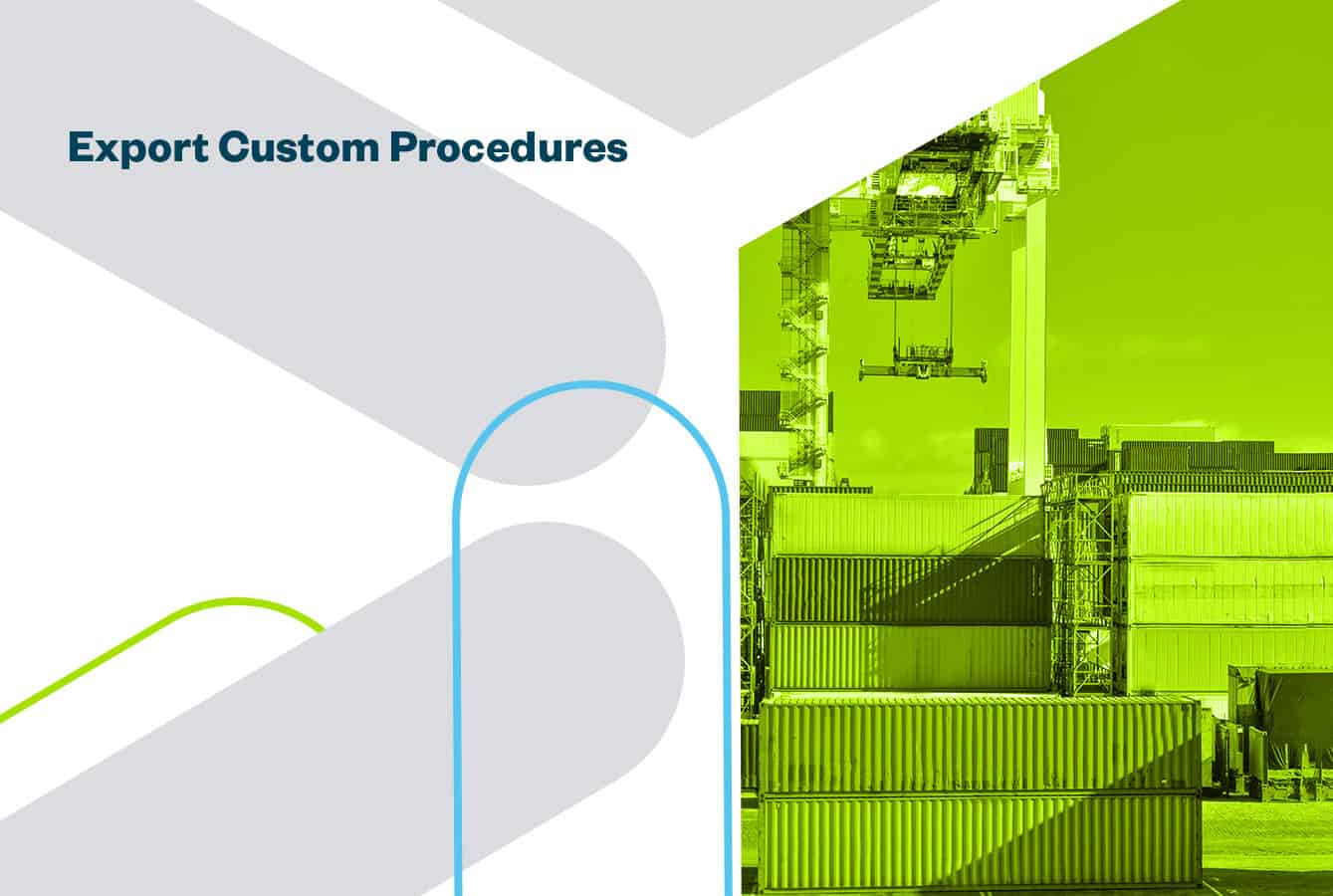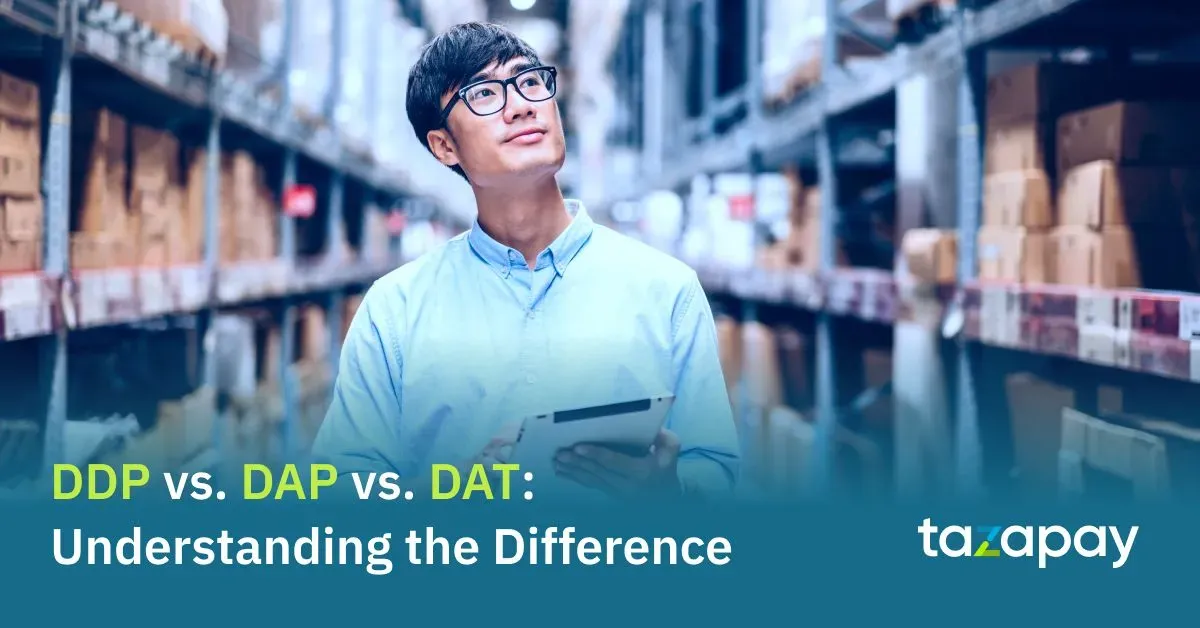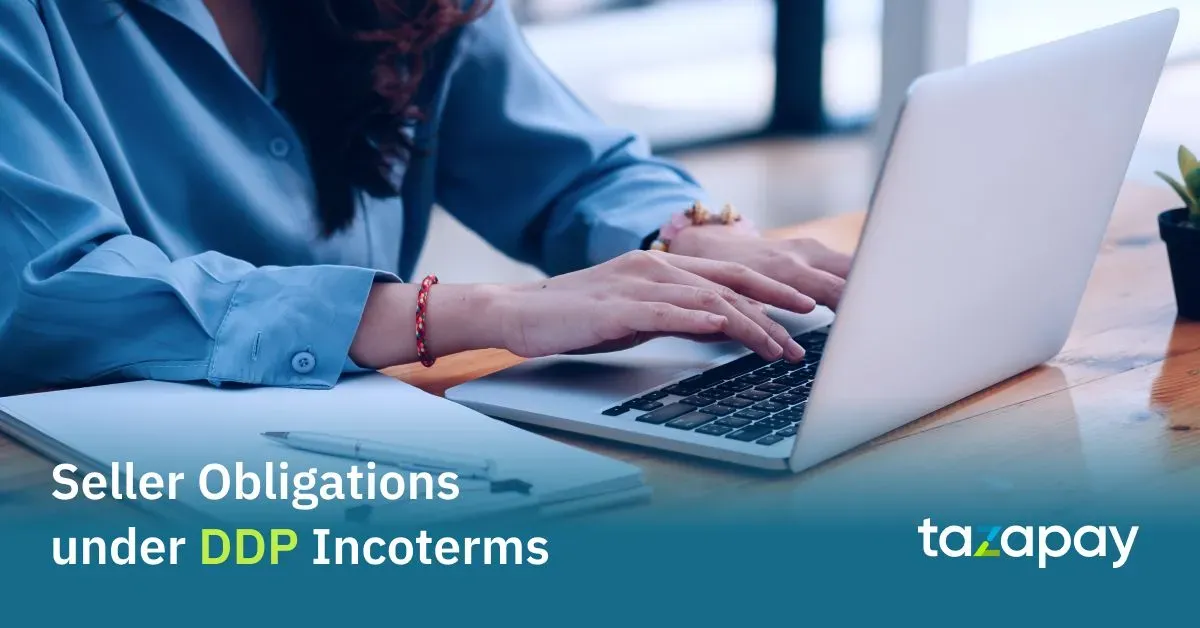- Home
Blog Blog
Customs & Incoterms Customs & Incoterms
Export Customs Procedures
Export Customs Procedures

There are several basic steps that must be adhered to ensure your Company is ‘EXPORT READY’. Before jumping ahead to export the goods, buyer and seller must have a sales contract; a sales contract can either be a verbal agreement, a collection of documents such as a purchase order and, or a formal, written agreement signed by the buyer and the seller. The latter is highly recommended especially if the agreement defines/covers complete terms and conditions of the sale. The type of agreement your company uses may depend on the value of the sale, the nature of the goods, and the complexity of the terms of the agreement.
All exporters must have the required export license, certificate or permits to commence cross-border exports (the requirement differs from country to country). Exporting goods must be declared for customs or relevant agencies, even though there is no tax and duties levied (not all export goods have duty/tax). Export permission must be granted by customs authorities before goods can be exported. Where required, necessary export inspection by exporting country’s customs authorities must be undertaken as part of the export process.
After sales agreement signing, goods packed in accordance to export worthy standards, required export customs clearance documents are submitted to customs or relevant agencies either manually or electronically. This submission is either done directly by the exporter or the appointed customs brokers/freight agents. In addition to the customs documents, there are other documents that must be submitted, namely but not limited to;
- - Commercial Invoice,
- - Packing list, and
- - Bill of lading or Airway bill,
- - Certificate of Origin
Note: Countries/Products have different documentation submission. Please refer to specific country/customs guide for complete information and compliance.
Upon obtaining required approval from customs and or relevant agencies for goods exports, generally the goods will be transferred from exporters location to customs facility for physical clearance and release. Subsequently, the goods will be forwarded to a bonded or free trade zone area where international carriers are operated. The export cargo will be transported by respective Carriers for cross-border movement to destination countries. These activities will be managed by either the buyer or seller’s appointed Freight Forwarder dependent upon the agreed Incoterms.
Export customs clearance methodology is similar in almost all ports or airports worldwide. Detailed information about export customs process and procedure is explained separately in respective country customs website.
Nominating a Freight Forwarder to deal with the export procedures is highly recommended.
Category

Customs & Incoterms
Export Customs Procedures
Related Articles

DDP vs. DAP vs. DAT: Understanding the Difference

2010 vs. 2020: What Has Changed in Incoterms






